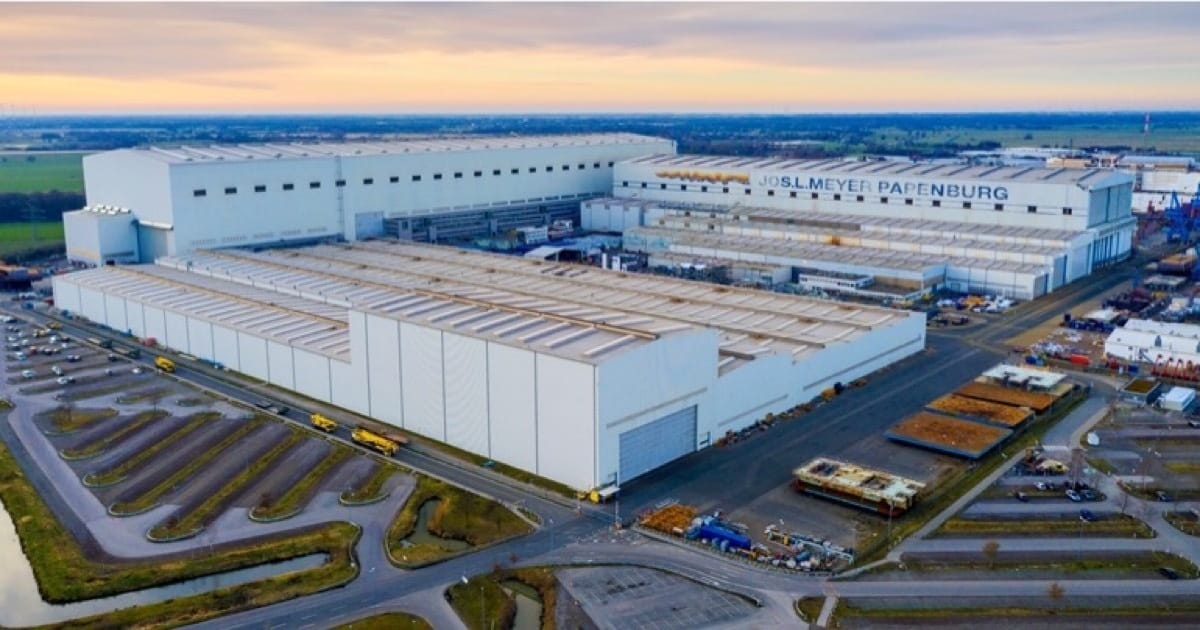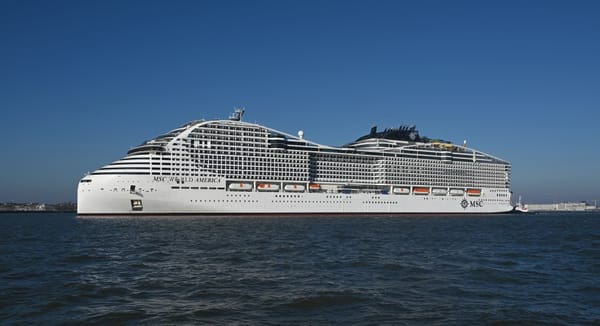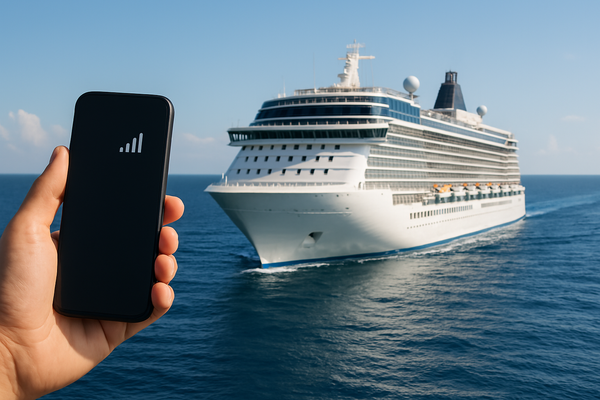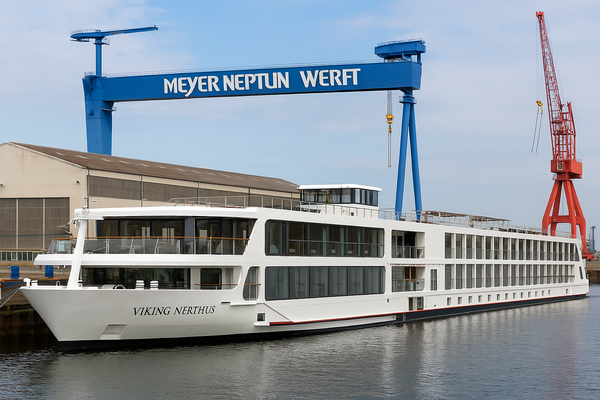Meyer Werft secures vital financial rescue funding

Meyer Werft, Germany's renowned shipyard specializing in cruise ship construction, has recently announced a significant financial rescue plan aimed at stabilizing its operations. The company, based in Papenburg, faced a dire financial situation largely resulting from the ongoing impacts of the COVID-19 pandemic, geopolitical tensions from the Russia-Ukraine war, and an increase in commodity prices. On September 17, 2024, Meyer Werft confirmed that it had successfully completed a financial bailout involving collaboration between state and federal governments as well as private banks, circumventing a potential crisis at the shipyard.
Background on Meyer Werft
Meyer Werft has a storied history as one of the leading builders of cruise ships, delivering some of the largest and most advanced vessels in operation today. Established in 1795, the company has evolved over the centuries, building a solid reputation for its innovative designs and commitment to quality. However, recent challenges have profoundly impacted its financial health, necessitating immediate action to secure its future.
The Rescue Package
The financial package structured to aid Meyer Werft consists of two main components. The federal government of Germany along with the state government of Lower Saxony is jointly investing approximately 400 million euros in the company and acquiring around 80 percent of its shares. The Meyer family will retain a 20 percent ownership and has reserved the right to reacquire the shares in the future, though no specific timeline has been established for this buyback.
Government and Banking Support
In addition to the capital investment, both the federal and state governments will provide loan guarantees amounting to nearly one billion euros. These guarantees are intended to support Meyer Werft's existing order book, ensuring that the company can fulfill its commitments and continue operations while mitigating financial risk as it recovers.
Consequences of Recent Events
Meyer Werft's financial difficulties can largely be traced back to the disturbances caused by the global pandemic and subsequent economic challenges. The company, which had planned to expand operations to accommodate the construction of two large vessels annually, faced delays and diminished workloads as client orders slowed. Notably, the shipyard did not receive a new large cruise ship order until 2024, further exacerbating its financial strain.
Financial Management Challenges
Typically, a substantial portion of the construction costs—about 80 percent of a cruise ship's final price—is paid only upon delivery. This creates a cash flow challenge for shipbuilders like Meyer Werft, which must finance labor and materials upfront while waiting for payments after a vessel's completion.
Looking Ahead: A Viable Path Forward
In light of the rescue efforts, Meyer Werft’s management has stated that they are committed to developing effective restructuring and operational plans. Ralf Schmitz, a restructuring expert brought onto the management team, emphasized the importance of implementing these plans in the coming months to stabilize the business and secure employment for the workforce.
Current and Future Projects
Despite the past challenges, Meyer Werft still boasts a robust order book valued at approximately 11 billion euros, with deliveries scheduled through 2031. Recent contracts include orders from major industry players such as Disney Cruise Line and Carnival Cruise Line, indicating a sustained demand for its services.
Diversity in Operations
Meyer Werft has also begun to diversify its portfolio, venturing into the manufacturing of converter platforms for the offshore wind sector. This move reflects the shipyard’s strategic efforts to mitigate risk by extending its operational capabilities beyond exclusively cruise ship construction.
Employee Impact
The rescue plan is critical for the shipyard's workforce, which has faced uncertainty amid the financial crisis. With the assurance of job security and the continuation of operations, employees can remain confident in the shipyard's future.
Conclusion
The completion of the financial rescue package for Meyer Werft marks a pivotal moment for the shipyard, ensuring its operational stability in the wake of unprecedented challenges. As the company navigates through restructuring efforts and continues to secure new contracts, its adaptability may help it regain a firm foothold within the global shipbuilding industry.
FAQs
What led to the financial difficulties at Meyer Werft?
The financial strains were primarily due to the impacts of the COVID-19 pandemic, the Russia-Ukraine war, and increased commodity prices, leading to delays in shipbuilding and a decline in new orders.
How much investment is included in the rescue package?
The rescue package consists of a joint investment of approximately 400 million euros from both the federal government and the state of Lower Saxony.
What percentage of shares does the Meyer family retain after the bailout?
Following the rescue package, the Meyer family retains a 20 percent ownership stake in the company.
What is the significance of the loan guarantees provided?
The loan guarantees, totaling around one billion euros, are vital for financing the current order book and assuring continued operations despite previous financial challenges.
What future plans do Meyer Werft have regarding diversification?
Meyer Werft plans to diversify its operations by manufacturing equipment for the offshore wind energy sector, thus reducing reliance solely on cruise ship construction.




